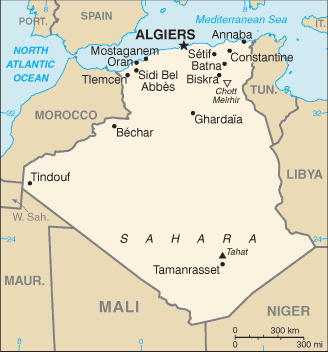By NewsDesk @bactiman63
Algerian media is reporting an outbreak of brucellosis in Batna. According to the report, 31 people were infected with brucellosis in the municipality of Ares after consuming goat’s milk.

This followed the discovery of a focus of the disease that infected 119 goats from a herd of 155.
Brucellosis is a contagious disease of animals that also affects humans. The disease is also known as Bang’s Disease. In humans, it’s known as Undulant Fever.
The Brucella species are named for their primary hosts: Brucella melitensis is found mostly is goats,sheep and camels, B. abortus is a pathogen of cattle, B. suis is found primarily in swine and B. canis is found in dogs.
The more common ways people get infected with brucellosis include: First, individuals that work with infected animals that have not been vaccinated against brucellosis. This would include farmers, slaughterhouse workers and veterinarians.
They get infected through direct contact or aerosols produced by the infected animal tissue. B. abortus and B. suis are most common.
The second way is through ingesting unpasteurized dairy products.
Brucellosis is also an occupational hazard to laboratory workers who inappropriately handle specimens or have an accident or spill. Brucella is highly infectious in the aerosolized form.
If someone gets infected with Brucella, the incubation period is about 2-3 weeks, though it could be months. Fever, night sweats, severe headache and body aches and other non-specific symptoms may occur.
Acute and chronic brucellosis can lead to complications in multiple organ systems. The skeletal, central nervous system, respiratory tract, the liver, heart, gastrointestinal and genitourinary tracts can all be affected. Untreated brucellosis has a fatality rate of 5%.


2 thoughts on “Algeria: Brucellosis sickens dozens after drinking goats milk”